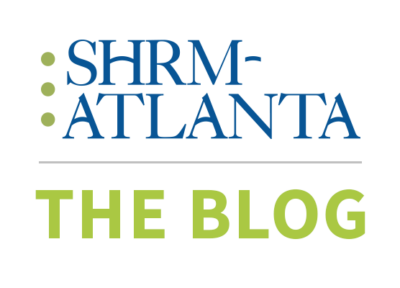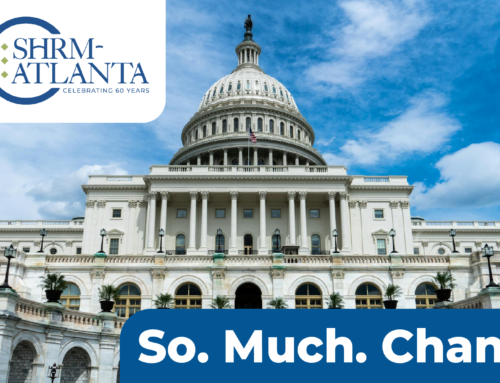Workforce reductions and employees leaving for other opportunities have left some employers with numerous low-balance retirement plan accounts owned by their former employees. These small account balances can be expensive to maintain and can be time-consuming to administer.
The presence of numerous low-balance retirement plan accounts raises several questions for plan sponsors as to the best way to handle these accounts. What options are available to plan sponsors and what, if any, are the compliance risks involved in exercising some of these options? What follows is a brief overview of the options that may be available to plan sponsors.
Option 1: The small account cashout
Under federal law, plans can provide that, if a former employee has not made an affirmative election to receive a distribution of his or her account assets or to roll those assets over to an individual retirement account (IRA) or to another employer’s plan, the plan can distribute the account—as long as its balance does not exceed $7,000.1 For accounts that are valued at $1,000 or less, the plan can send the former employee a check for the balance, less any income tax (and penalties if the employee is under age 59½) owed. Distributions of more than $1,000 must be directly transferred to an IRA established for the former employee. Accounts valued at less than $1,000 may be distributed directly to the participant or may also be rolled over for administrative convenience.
Plans sponsors only have to include the value of the ex-employee’s non-forfeitable accrued benefit. In other words, plan sponsors do not have to count the non-vested portion if the departed employee was not fully vested in any portion of the account at the time he or she ended employment.
Plan sponsors need to pay particular attention to the issue of rollovers. A plan may provide that any amounts that a former employee rolled over from another employer’s plan (plus earnings on those rolled-over assets) are to be disregarded when it comes to determining the former employee’s non-forfeitable accrued benefit for small account distributions.
Fiduciary duties involved in rolling over a small account
Plan sponsors must meet the following requirements in order to fulfill their fiduciary duties:
- The rollover must be a direct transfer to an IRA established in the name of the former employee.
- The IRA provider must be a state- or federally regulated financial institution, a mutual fund company or an insurance company whose products are protected by a state guaranty association.
- The plan sponsor must have a written agreement with the IRA provider that outlines appropriate account investments and fees.
- The IRA provider cannot charge higher fees than typically charged for a comparable rollover IRA.
- The investments selected by the plan sponsor for the IRA must be intended to preserve principal and provide a reasonable rate of return and liquidity. Money market mutual funds, certificates of deposit, stable-value products- and interest-bearing savings accounts are examples of appropriate investments.
Pre-Cash-Out disclosures
Prior to cashing out a small balance account, plan sponsors must notify the former employee in writing, either separately or as part of the rollover notice, that unless the employee makes an affirmative election to receive a distribution of the account’s assets, or roll them over to another account, the distribution will be paid to an IRA. The notice requirement will generally be considered satisfied once the plan sponsor sends the notice to the employee’s last known mailing address. In addition, plan sponsors must include a description of the plan’s automatic rollover provisions for mandatory distributions in the plan’s summary plan description (SPD) or summary of material modifications (SMM).
Option 2: Retaining small balances
Some plans may consider retaining small balances indefinitely. Others may consider retaining the small plan balances and allowing the balance to be eroded over time by administrative fees. However, these approaches present a legal risk. Under ERISA, a plan administrator is obligated to operate the plan and make discretionary decisions in a prudent manner and in exclusive benefit of the plan participants. Plan sponsors that do not place the interest of the participants first run the risk of breaching their fiduciary duties under ERISA.
Plan sponsor best practices
When an employee gives (or is given) notice to leave a company, the employer should immediately provide the employee with the paperwork and forms necessary to request a withdrawal. Participants need to be notified of their rollover rights and tax implications of withdrawals. The plan sponsor should put procedures in place that make processing withdrawals easy. If, for whatever reason, a departing employee does not request a withdrawal, the sponsor should send distribution reminders to this employee every year. Plan sponsors should be aware that while they want to encourage departing employees to move their money as soon as they terminate employment, they cannot force employees to withdraw the money until retirement age if the account is greater than $7,000.
In addition, plan sponsors should be diligent about maintaining current addresses for terminated/former employees who opt to leave their money in the plan.
Your UBS Advisor can be a valuable resource when it comes to explaining your options as a plan sponsor when it comes to handling low balance retirement plan accounts owned by former employees. Make sure to also contact your tax and/or legal advisor as UBS does not provide legal and tax advice.




